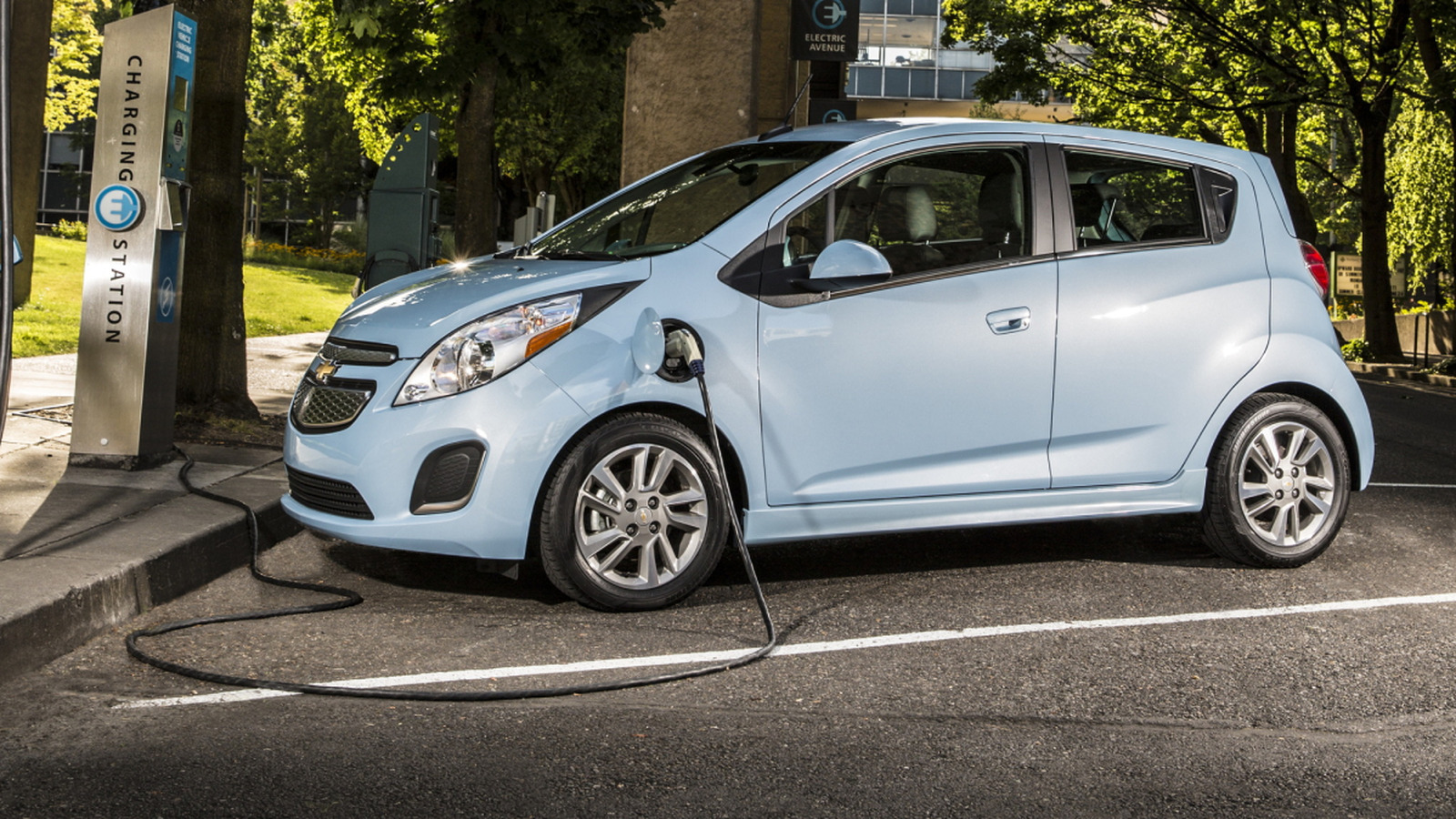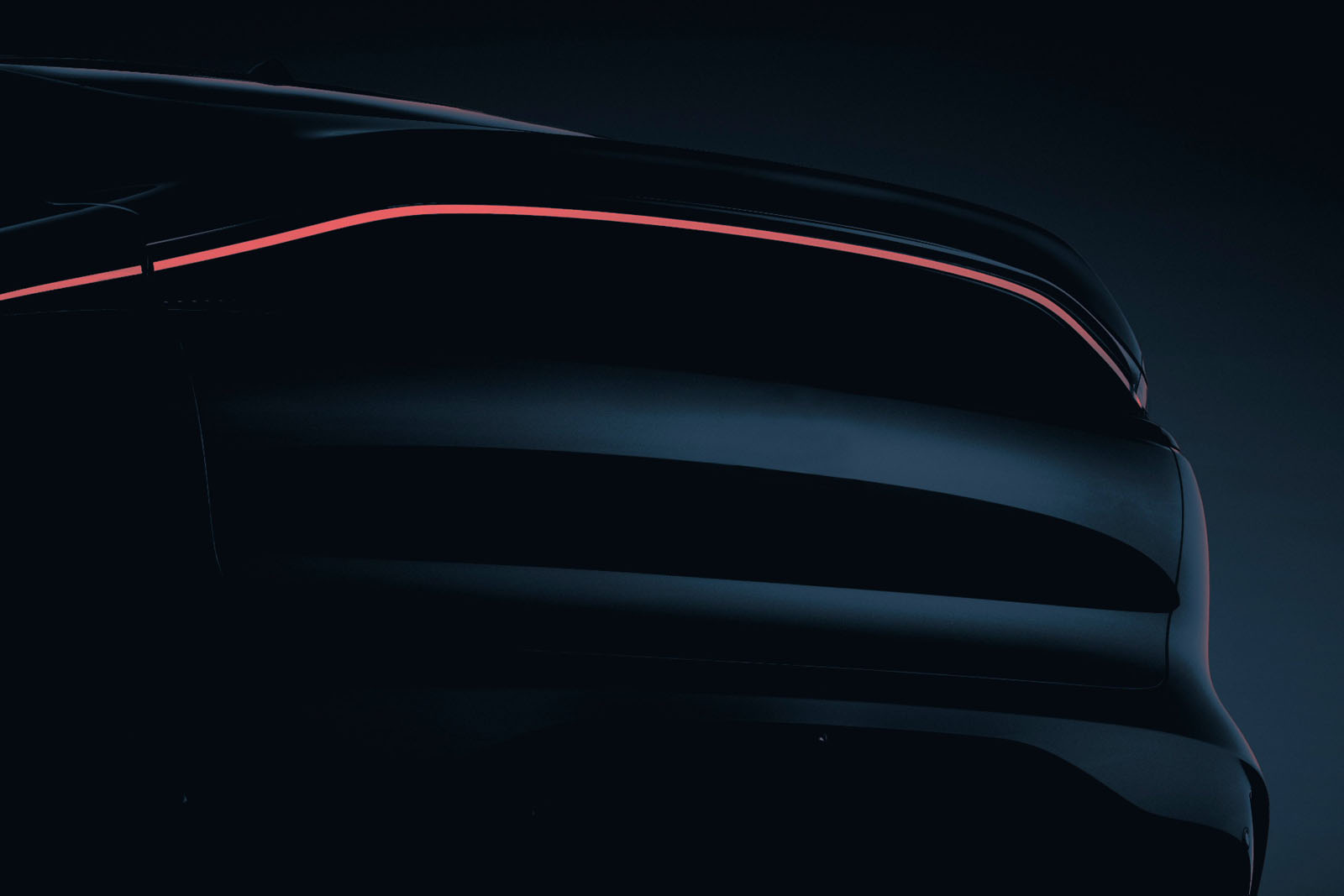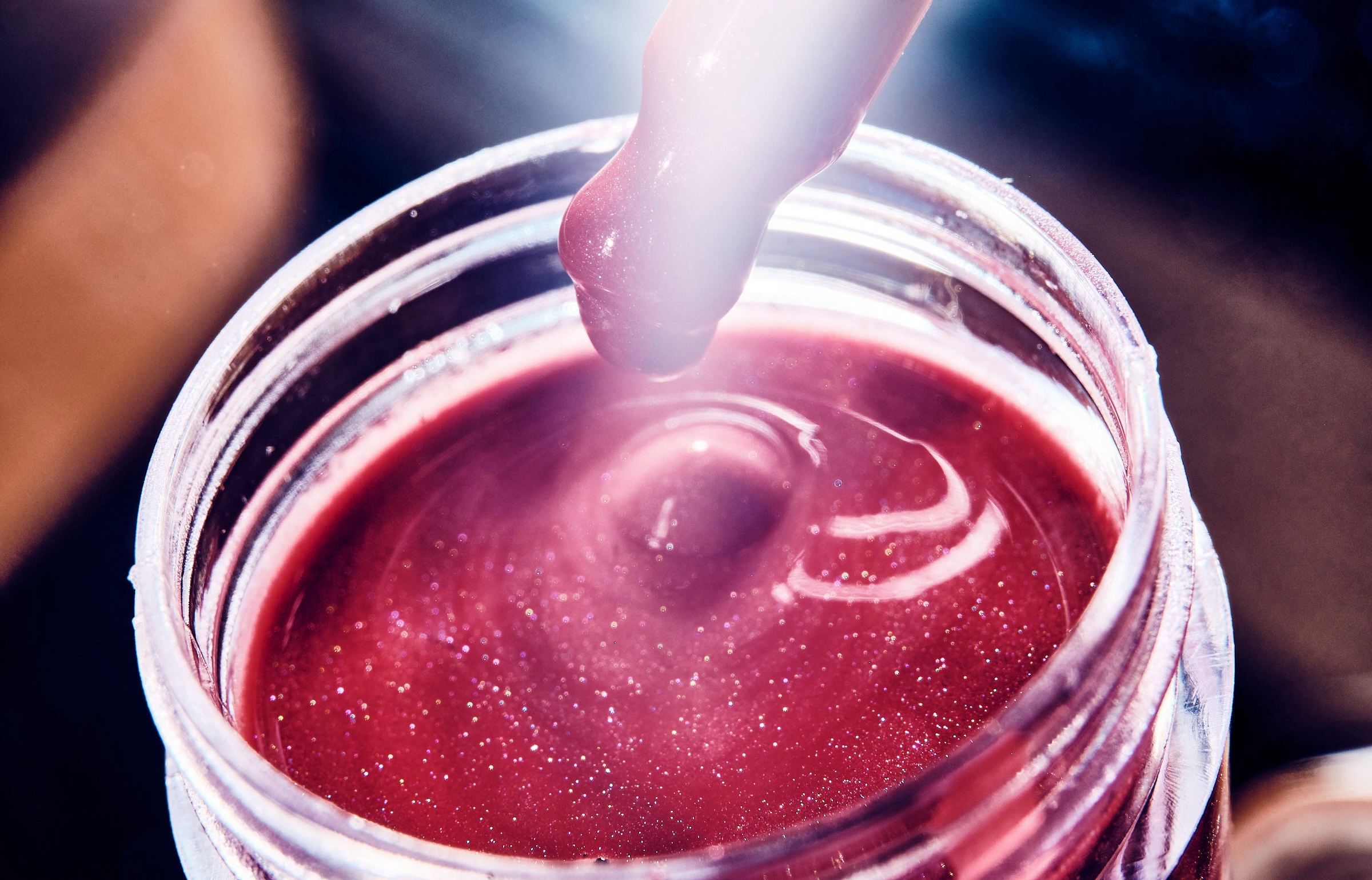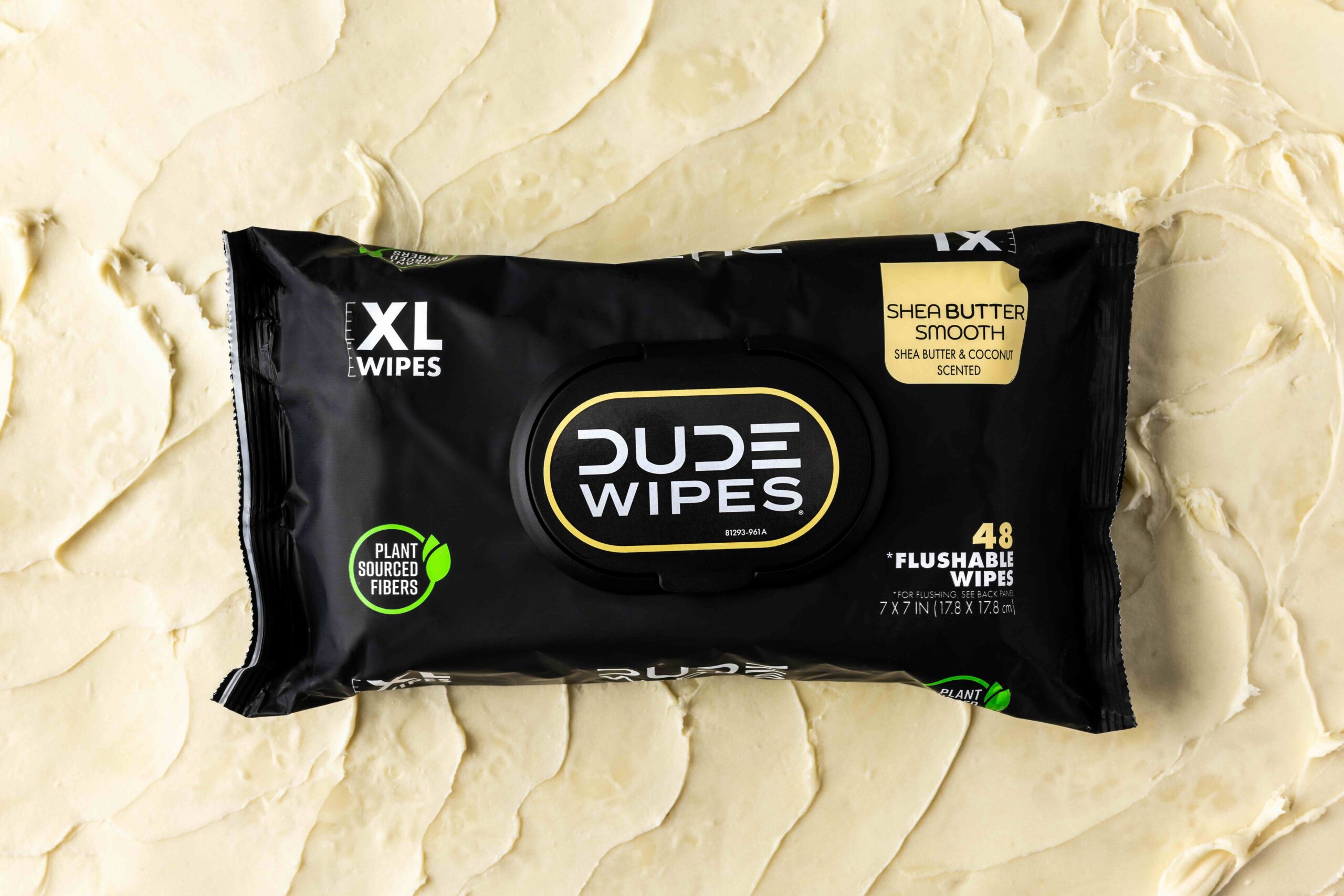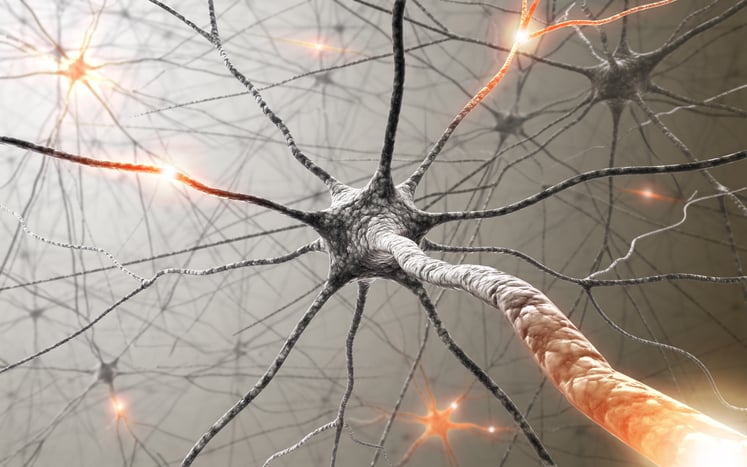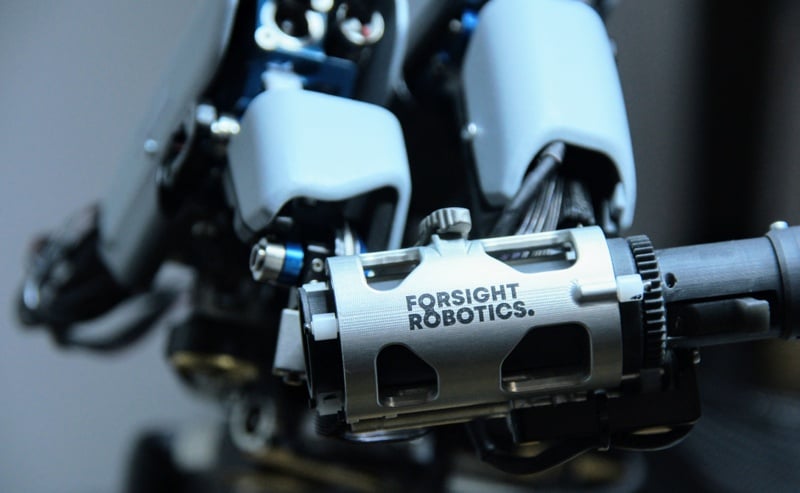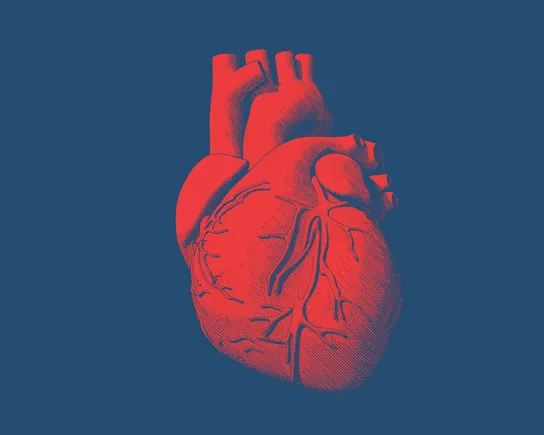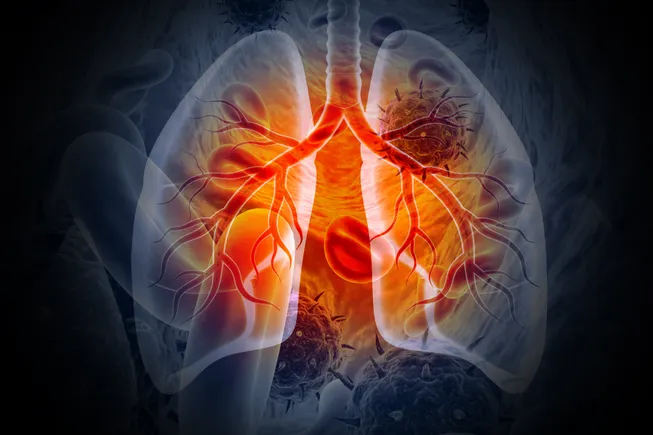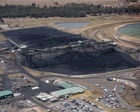Repair Surface Defects on Biomass Derived Hard Carbon Anodes with N‐Doped Soft Carbon to Boost Performance for Sodium‐Ion Batteries
Advanced Energy Materials, EarlyView.

PDA-derived N-doped soft carbon is used to modify pine-derived hard carbon to construct a HC/SC composite material as anode for SIBs. The porous structure of biomass-derived HC is effectively optimized by SC so that leads to uniform surface structure and forms abundant closed pores. The HC/SC anode shows excellent ICE and rate capacity.
Abstract
Biomass-derived hard carbon (HC), a promising anode material for sodium-ion batteries with low cost and good cycling ability, has high surface activity that easily reacts with the electrolyte, causing low initial coulombic efficiency (ICE) and poor stability. This article proposes a facile synthesis of pine wood-derived HC material with N-doped soft carbon (SC) coating strategy to improve electrochemical performance, especially for the ICE. The optimized anode material exhibits higher reversible capacity of 314.0 mAh g−1 at 30 mA·g−1 with greatly enhanced ICE of 85.2%, and high rate performance of 260.0 mAh g−1 at 5.0 C. Combined with in situ/ex situ characterizations, SC coating greatly increased closed pores that is beneficial for improving sodium storage and the anode material is explored as a adsorption-filling sodium storage behavior, favoring the high-rate performance. Density functional theory (DFT) calculations further revealed that nitrogen doping in SC greatly enhanced the sodium adsorption kinetics and provides more adsorption sites for Na+ storage, increasing sodium storage capacity. This work provides in-depth insights into the surface modification of hard carbon, and offers new opportunities for the design of efficient HC anodes.











